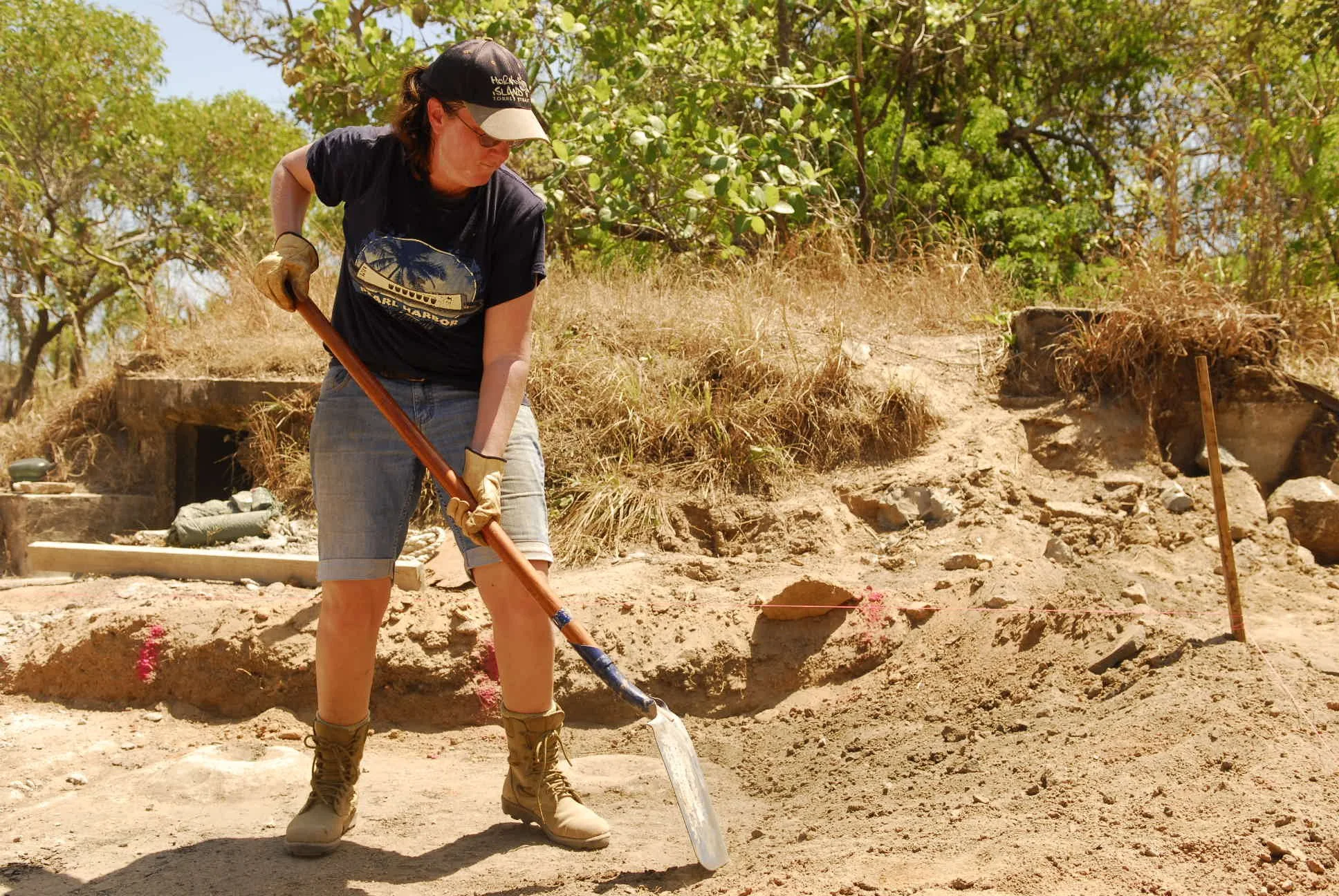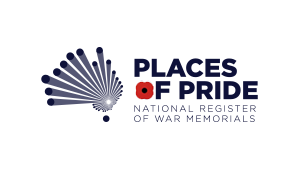
WW2 Torres Strait Conservation Project
Started in 2008 by Vanessa and Liberty Seekee the project aims to restore and conserve a number of sites and artefacts stemming from the Allied presence on the island during World War II.
Included in the conservation project so far are the King Point gun pits with a restored 3.7 inch anti-aircraft installed (34th Australian Heavy Anti-Aircraft Battery), slit trenches on the airfield perimeter and other supporting infrastructure (plotting rooms, magazines).
The project is complimented by a large number of World War II artefacts (photographs, parts of crashed aircraft, commemorative plaques) located in the Torres Strait Heritage Museum located on Horn Island
Vanessa and Liberty envisaged the Torres Strait WW2 Conservation Project which would see WW2 sites in the Torres Strait sensitively conserved.
If these sites are not conserved, an enormous part of our heritage will be lost as the men and women who served in them go onto their last parade. Working with the Kaurareg and actively seeking funding through diverse avenues, work began in 2008.
The Torres Strait WW2 Conservation Management Plan was initially written, which received the Gold Award at the National Heritage Trust Awards, followed by the Horn Island Plan and then specific plans for individual sites. An archaeological dig then began in August 2015 at the King Point 34th Aust. Heavy Anti-Aircraft Battery site.
A substantial amount of remains were located which research through archives and talking with veterans proved to be the underground plotting room, telescope pit, height and rage finder pit and predictor pit. Work had also begun on the restoration and conservation of the concrete in the structures. Varying degrees of concrete cancer had pervaded the installations where the iron reinforcing rusts, expands and cracks the concrete.
The 34th Aust. Heavy Anti-Aircraft Battery served at King Point from 1942-1944, building, then serving in the 3.7 inch gun emplacements and command post area. The archaeological team arrived in August 2015 and began the dig with the use of a backhoe, however once concrete and stone foundations were found, the work turned into shovels, brooms, brushes and trowels.
The underground plotting room, four gun emplacements, and magazines were all restored, with interpretational signage installed. In October, veterans and families retuned to see the site like they hadn’t seen it since 1944.
In 2019, after a decade of searching, a 3.7 inch Anti-aircraft gun was located and moved to Horn Island for restoration. Conservation work was undertaken on the gun in May, and finally installed back in its original gun pit, with an emotive ceremony attended by veterans and families. The conservation cost for the gun was paid for by the veterans and families themselves.
Want to read more?










